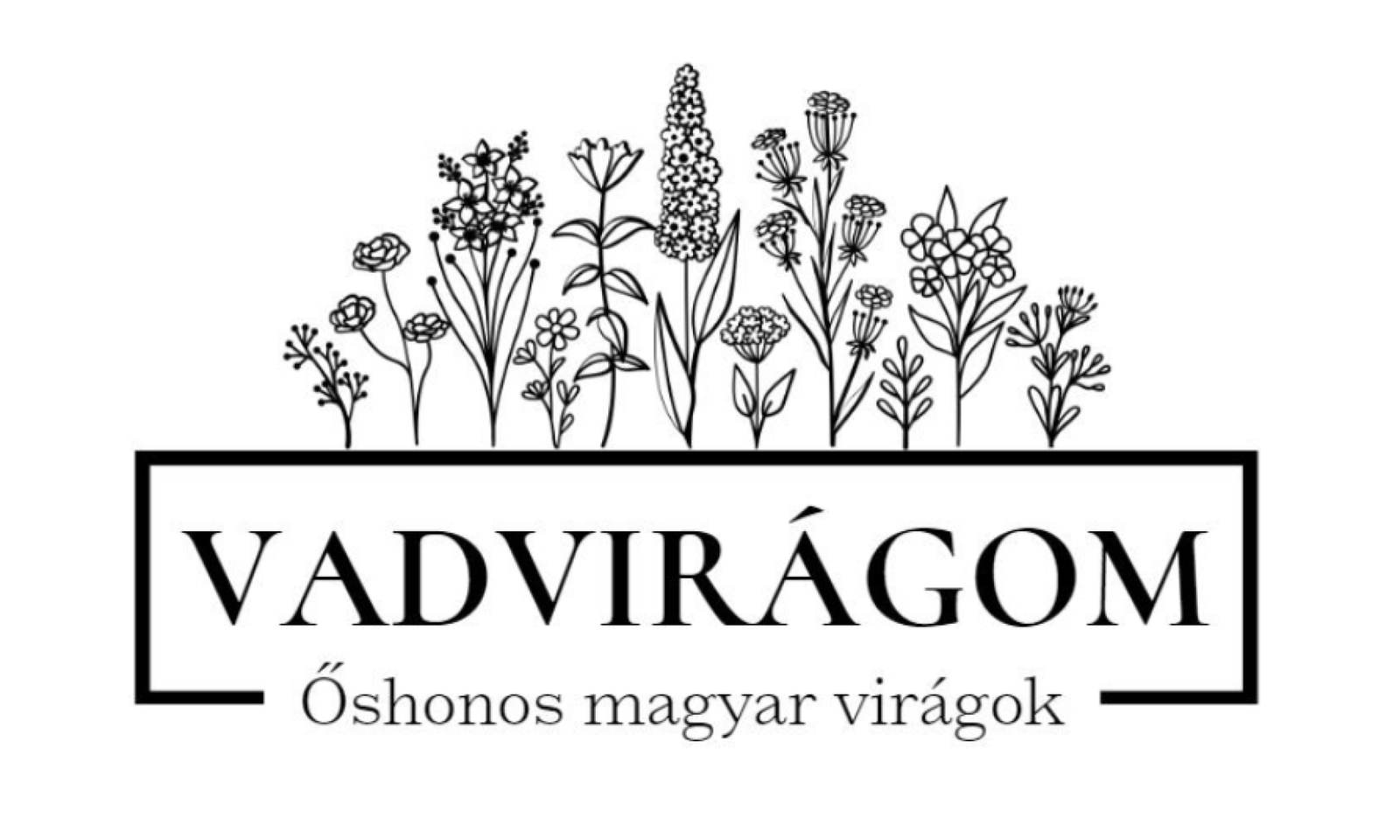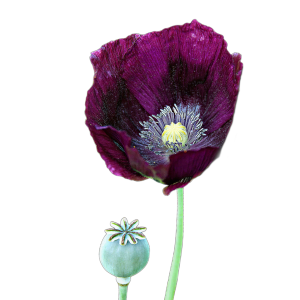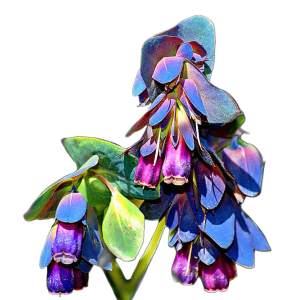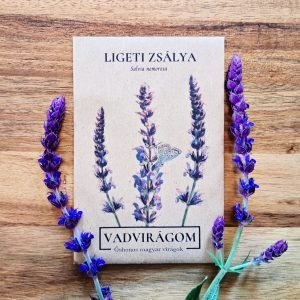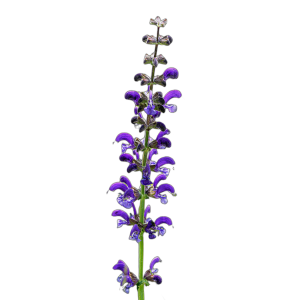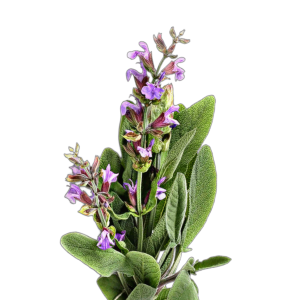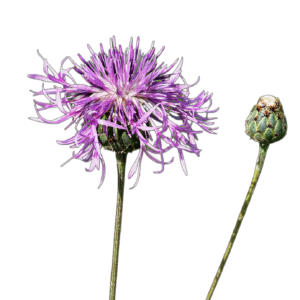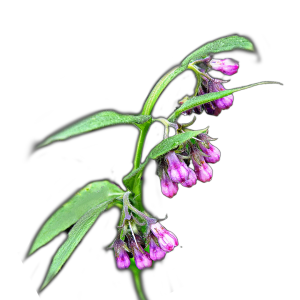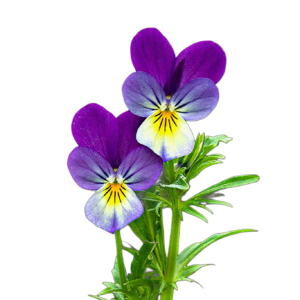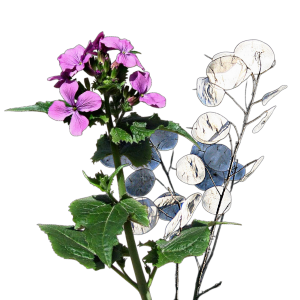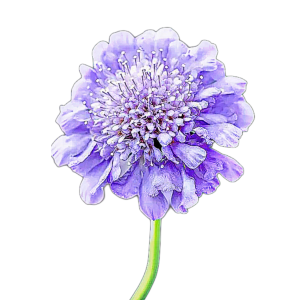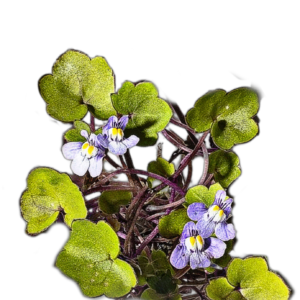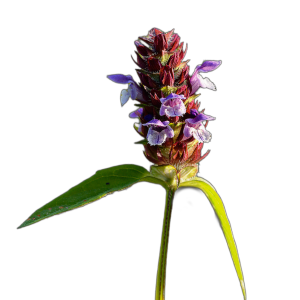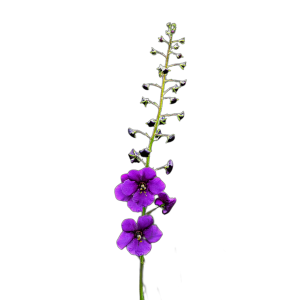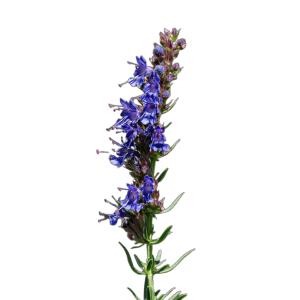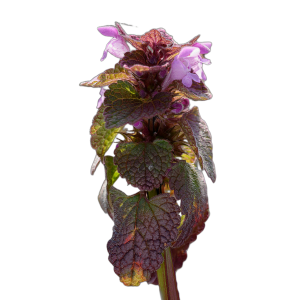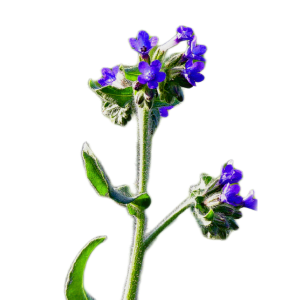“Vastövű imola (Centaurea scabiosa) 0,25g, ~40 mag” a kosárba helyezve. Kosár
-
-
Add to basket
- Add to wishlistAdd to wishlist
- annual, beekeeping
Garden Poppy (Papaver somniferum "Lauren's Grape") 0,25g, ~800 seeds
- 875 Ft
- Our favourite poppy is a close relative of the garden poppy (Papaver somniferum), of which this beautiful variety, 'Lauren's Grape', is a dark purple cultivar. After opening, it forms large round poppy clusters, similar to the common poppy, which are great in dry flower bouquets. It's a very elegant flower, easy to grow and sure to wow the neighbours :) The garden poppy is originally native to the Mediterranean, but is now...
Add to wishlistAdd to wishlist -
Add to basket
-
-
Add to basket
- Add to wishlistAdd to wishlist
- 10/10 pollinator factor, also for window box, annual, bee-feeder
Lily of the valley (Cerinthe major "Purpurascens) 1g, ~20 seeds
- 875 Ft
- Cerinthe major is a native European flower, the cultivated form of which is this purple, "Purpurascens" colour variation. We also have the wild freckle-leaved Cerinthe minor, which has very interestingly mottled leaves, so you can recognise it from a distance. A close relative of this native species is this European annual species, but while the Hungarian species has yellow flowers, the 'Purpurascens' species...
Add to wishlistAdd to wishlist -
Add to basket
-
-
Add to basket
- Add to wishlistAdd to wishlist
- 10/10 pollinator, perennial, butterfly favourite, bee-feeder, native
Ligeti sage (Salvia nemorosa) 1g, ~925 seeds
- 875 Ft
- Lime sage (Salvia nemorosa) is one of our most beautiful wild flowers, and its cultivars can be found in many garden shops. No garden should be without it, it is a great favourite with pollinators. The various buttercups are particularly fond of it (see photo), but it is also a great favourite of bumblebees. Lime sage is less well known for its medicinal properties, but like medicinal sage it can be used for its antiseptic properties, or as a herb (although it is also a...
Add to wishlistAdd to wishlist -
Add to basket
-
-
Add to basket
- Add to wishlistAdd to wishlist
- 10/10 pollinator, perennial, butterfly favourite, bee-feeder, native
Sage (Salvia pratensis) 1g, ~500 seeds
- 875 Ft
- The field sage (Salvia pratensis) is one of our most beautiful wild flowers, just like the sage of the Liga. The field sage is slightly larger in stature and has larger flowers than the sage, but has a similar purple colour. You may also see horticultural varieties from time to time. Sage is known for its interesting pollination mechanism, whereby the bee crawling in for nectar moves the lower stamen, which moves the upper stamen, which then spreads the nectar on the pollinator's back...
Add to wishlistAdd to wishlist -
Add to basket
-
-
Add to basket
- Add to wishlistAdd to wishlist
- 10/10 pollinator, perennial, butterfly favourite, bee-feeder, native
Medical Sage (Salvia officinalis) 2g, ~240 seeds
- 875 Ft
- Medicinal sage (Salvia officinalis) is a medicinal and aromatic plant originally from the Mediterranean, long known and cultivated. It has been used for a very long time for many ailments ranging from sore throats to enteritis. It is also made into a tea, which is not recommended for breastfeeding or pregnant women. It can also be used as a spice, especially for duck, turkey and game meat, and is also found in Provance spice blends. Along with lavender, it has recently been the focus of research...
Add to wishlistAdd to wishlist -
Add to basket
-
-
Add to basket
- Add to wishlistAdd to wishlist
- annual
Red-leaved sage (Salvia horminum "Blue Monday") 1g, ~350 seeds
- 875 Ft
- The sage (Salvia horminum) is a special kind of sage originally from the Mediterranean. Unlike other sage species, it is an annual and does not display its flowers but its colourful leaves, which in the case of 'Blue Monday' are purple. A very easy to grow annual, it is the perfect space filler for open spring bulbs, but can also be used as cut flowers in bouquets. If you keep the flowers/stems cut, they can decorate your garden all summer long, or they can be used as a...
Add to wishlistAdd to wishlist -
Add to basket
-
-
Add to basket
- Add to wishlistAdd to wishlist
- 10/10 pollinator, perennial, butterfly favourite, bee-feeder, native
Iron-veined Imola (Centaurea scabiosa) 0,25g, ~40 seeds
- 875 Ft
- Centaurea scabiosa is a native Hungarian wildflower. According to a British study, the iron-veined imola is one of the TOP3 pollinator-attracting wildflowers: it is frequented by many pollinators, especially butterflies, and is a great nectar producer. Its very long flowering, lasting all summer and into late autumn, makes it particularly important for pollinators. The imola family includes the cornflower, meadow imola, mountain imola, Hungarian imola...
Add to wishlistAdd to wishlist -
Add to basket
-
-
Add to basket
- Add to wishlistAdd to wishlist
- perennial, herb, bee-keeper, native
Black Coneflower (Symphytum officinale) 0,5g, ~50 seeds
- 875 Ft
- The black needlewort (Symphytum officinale) is a very well-known native herb, mostly used externally as an ointment for broken bones, sprains, bruises, sprains and similar conditions. The root and leaves are collected and used to make ointments, tinctures and poultices. Its use internally is not recommended because of its alcohol content of pyrrolizidine, which is harmful to the liver. Like other borage species, such as medical atracil, teriy...
Add to wishlistAdd to wishlist -
Add to basket
-
-
Add to basket
- Add to wishlistAdd to wishlist
- 10/10 pollinator factor, annual, butterfly favourite
Umbelliferous verbena (Verbena bonariensis) 0,25g, ~1000 seeds
- 875 Ft
- The umbrella vervain (Verbena bonariensis) is enjoying a renaissance and has been introduced to the range because of the new Butterfly Lure 2.0 mix, as it is an irresistible nectar source for adult butterflies. Its long flowering period from mid-summer to autumn makes it the perfect choice. Historically, it was first grown as an ornamental in England in 1726 after James and William Sherard obtained its seeds from a dried specimen in Buenos Aires, and its popularity has continued ever since....
Add to wishlistAdd to wishlist -
Add to basket
-
-
Add to basket
- Add to wishlistAdd to wishlist
- also in a window box, edible flower, biennial
Pansy tricolor (Viola tricolor) 0,25g, ~375 seeds
- 875 Ft
- The tricolour pansy (Viola tricolor), or wild pansy, is a native Hungarian wildflower. It is perhaps one of our best known and most loved flowers, and fortunately it is often planted in gardens. It is one of the most popular and most loved flowers of our gardens, and it is also one of the most popular and most loved flowers of our gardens. If left to grow, it reproduces very well (it even thrives in the gravel of our driveway!). It is very sweet to my heart,...
Add to wishlistAdd to wishlist -
Add to basket
-
-
Add to basket
- Add to wishlistAdd to wishlist
- two-year-old, beekeeper
Moonviola (Lunaria annua) 1,5g, ~90 seeds
- 875 Ft
- The garden moonviola (Lunaria annua), also known as Judas money, is the typical flower from mum's garden :) It is also a wildflower native to our area, and its flowers are also very pretty, but it is named Judas money because of its silvery seed pods. The dried seed pods can also be a beautiful element in dried bouquets. It prefers semi-shady, shady areas and wetter soils. If the flower heads are not cut off and left...
Add to wishlistAdd to wishlist -
Add to basket
-
-
Add to basket
- Add to wishlistAdd to wishlist
- biennial, butterfly favourite, bee-feeder, native
Common tongue-grass (Cynoglossum officinale) 0,5g, ~20 seeds
- 875 Ft
- The common tadpole (Cynoglossum officinale) is a member of the borage family and, like all its relatives, is a great bee and butterfly attractant and our native wildflower. It is so called because of its slightly hairy appearance and drooping, dog-tongue-like leaves. Its flowers open pink and then turn purplish blue. It used to be used as a medicinal herb, but today's research suggests that it contains toxic compounds and is not recommended. Properties.
Add to wishlistAdd to wishlist -
Add to basket
-
-
Add to basket
- Add to wishlistAdd to wishlist
- 10/10 pollinator, annual, bee-feeder
Cretan snake lily (Echium creticum) 2g, ~650 seeds
- 875 Ft
- The Cretan snake-flower (Echium creticum) is a wildflower from Crete, which, like our terrapin snake-flower, is known for its incredible nectar production. While our teriyas are biennial species, so they flower the year after sowing, Cretan snakeroot is annual, so it is ornamental the year it is sown and a valuable food source for pollinators. It is a member of the borage family and, like its relatives, Cretan snake-eye attract many pollinators, especially in the...
Add to wishlistAdd to wishlist -
Add to basket
-
-
Add to basket
- Add to wishlistAdd to wishlist
- 10/10 pollinator, annual, butterfly favourite, bee-feeder, native
Scabiosa atropurpurea "Oxford Blue" 0,3g, ~45 seeds
- 875 Ft
- The devil's-eye (Scabiosa atropurpurea) is a native European flower, closely related to the buttercup and pale devil's-eye (Scabiosa ochroleuca and Scabiosa columbaria), which are also native to Europe. It produces much larger flowers, up to 5 cm in diameter, and can grow up to 100 cm tall. The Oxford Blue devil's eye is an annual species, but will overwinter as a seedling. Its stems can be supported on bare stems, in windy...
Add to wishlistAdd to wishlist -
Add to basket
-
-
Add to basket
- Add to wishlistAdd to wishlist
- annual, beekeeping, native
Wild Purple Violet (Daucus carota "Dara") 0,1g, ~145 seeds
- 875 Ft
- Our well-known wild flower, the wild cousin of our favourite carrot, is the wild carrot (Daucus carota). Not only pollinators, but other insects are also very fond of it, and you can often see boda boda and other small insects basking on its top. It is also the food plant of one of our beautiful butterfly species, the caterpillar of the swallowtail butterfly. This breeding variety starts flowering in purple and becomes increasingly pinker in hue as it opens. It is a fantastically graceful looking plant...
Add to wishlistAdd to wishlist -
Add to basket
-
-
Add to basket
- Add to wishlistAdd to wishlist
- perennial
Carpathian bellflower (Campanula carpatica) 0,25g, ~3625 seeds
- 875 Ft
- The Carpathian bellflower (Campanula carpatica) is a native species of the Carpathians, but is no longer native to present-day Hungary. Fortunately, this low perennial bellflower is often planted in gardens. Carpathian bluebells are easy to grow and are a charming plant for lower perennial gardens and rock gardens, flowering all summer and even into autumn. It looks beautiful when at the peak of flowering the plant is covered in purple, bell-shaped flowers.
Add to wishlistAdd to wishlist -
Add to basket
-
- Out of StockRead more
- Add to wishlistAdd to wishlist
- perennial
Stonecrop (Cymbalaria muralis) 0,025g, ~140 seeds
- 875 Ft
- Congratulations! If you're reading this, it means you won't be thinking of an exotic bird species when you hear the name stonechat :) The stonecrop (Cymbalaria muralis) is a native European wildflower that can grow on stones, in small cracks and just about anywhere. It is a true little Mediterranean survivor, and of course it will thank you if you give it real soil :) It spreads by creeping tendrils, so it's worth keeping it under control...
Add to wishlistAdd to wishlist -
-
-
Add to basket
- Add to wishlistAdd to wishlist
- perennial, herb, beekeeper, native grassland, native
Common lizard grass (Prunella vulgaris) 0,1g, ~125 seeds
- 875 Ft
- Prunella vulgaris is a native Hungarian wildflower, which is most often found in grassland communities. It flowers from May until the end of summer, and once established it spreads with its tendrils. It prefers sunny or semi-shady places and a more humid environment. It has long been cultivated for its astringent and wound-healing properties, but its leaves can also be made into tea. It has also been used in the past to treat laryngitis, hence the name. A...
Add to wishlistAdd to wishlist -
Add to basket
-
-
Add to basket
- Add to wishlistAdd to wishlist
- perennial, bee-keeper, native
Purple oxtail (Verbascum phoenicum) 0,05g, ~335 seeds
- 875 Ft
- The purple oxtail (Verbascum phoenicum) is a very special wild flower. Unlike the other ox-tail orchids, it is not yellow but purple and has a much more graceful appearance. And that's not the only difference: while the other oxeye daisies are biennials, the purple oxeye daisy is a perennial. They get their name (a surprising fact) from their yellow cousins' resemblance to the tail of an ox. The flowers start to open from below, only 3-4 at a time...
Add to wishlistAdd to wishlist -
Add to basket
-
-
Add to basket
- Add to wishlistAdd to wishlist
- also for window boxes, annuals, herbs, medicinal plants, bee-keepers
Spanish Ladybird (Nigella hispanica) 1g, ~900 seeds
- 875 Ft
- The Spanish ladybird (Nigella hispanica) is a wild flower native to Spain, closely related to the common garden ladybird (Nigella damascena), the field ladybird (Nigella arvensis), also native to Hungary, and the garden ladybird (Nigella sativa), also used as a herb and medicinal plant. Like the other Nigellas, it is a super annual plant that is very easy to grow and sows itself year after year in our gardens. Its seed coat is also...
Add to wishlistAdd to wishlist -
Add to basket
-
-
Add to basket
- Add to wishlistAdd to wishlist
- annual, herbaceous, biennial, butterfly, bee-feeder, native
Christmas tree (Dipsacus sylvestris/fullonum) 0,5g, ~325 seeds
- 875 Ft
- Dipsacus fullonum (Dipsacus fullonum) is a large, native Hungarian wildflower, whose spike-like flowers are most commonly known as dry flowers. Pollinators are also keen consumers of its nectar, and it is particularly attractive to bumblebees. It can be distinguished from the hawk's-foot Christmas by the colour of its flowers when in bloom: the hawk's-foot Christmas is white, while the woodland Christmas has purple flowers. One of the subspecies is also called weaver's Christmas, because it was used in the old days to make weavers' linen,...
Add to wishlistAdd to wishlist -
Add to basket
-
-
Add to basket
- Add to wishlistAdd to wishlist
- annual, beekeeping, native
Field Magpie (Consolida regalis) 1g, ~1000 seeds
- 875 Ft
- The field spurge (Consolida regalis) is one of our best-known wild flowers, along with the poppy and cornflower, which used to colour wheat fields purple. Unfortunately, thanks to herbicides, we see it less and less in the wild, although it is also very popular with pollinators such as bees and duck-tailed sedge. It flowers almost all summer, very useful for pollinators. In the Middle Ages, the magpie's foot was planted as a protection against witches...
Add to wishlistAdd to wishlist -
Add to basket
-
-
Add to basket
- Add to wishlistAdd to wishlist
- edible, perennial, herb, medicinal, bee-feeder
Garden Hyssop (Hyssopus officinalis) 2g, ~1800 seeds
- 875 Ft
- Garden hyssop (Hyssopus officinalis) is a medicinal plant native to southern Europe that has been used for centuries for its antiseptic, cough-relieving properties, but is also widely used as a herb. Hyssop also gives absinthe its characteristic green colour. Like other species of orache/alfalfa, garden hyssop attracts many pollinators. Properties: other names: monoecious hyssop, field hyssop, clastromous hyssop Latin name: Hyssopus officinalis family: Lamiaceae life cycle: perennial...
Add to wishlistAdd to wishlist -
Add to basket
-
-
Add to basket
- Add to wishlistAdd to wishlist
- annual, butterfly favourite, beekeeper, nitrogen bomb, native, green manure
Common vetch (Vicia villosa) 5g, ~160 seeds
- 875 Ft
- Our useful, nitrogen-fixing native plant is the hairy vetch (Vicia villosa). It is officially annual but often overwinters. Its abundant flowers provide pollinators with lots of nectar, and butterflies love it. It forms a large green mass and can overwhelm surrounding plants, so choose its location carefully. Characteristics: other names: vetch Latin name: Vicia villosa family: Fabaceae life span: annual (overwintering) flowering time: june-august size: 20-80 cm...
Add to wishlistAdd to wishlist -
Add to basket
-
- Out of StockRead more
- Add to wishlistAdd to wishlist
- 10/10 pollinator, annual, edible, herb, bee-feeder, native
Red Orris (Lamium purpureum) 0,1g, ~145 seeds
- 875 Ft
- The red orris (Lamium purpureum) is very valuable for pollinators, as its early spring flowering (if sown in autumn) provides plenty of food for the bumblebee queens that awaken from hibernation. Its fresh shoots are a reddish-reddish-reddish colour, which is how it can be distinguished from other orphan species and from the similar round-leaved bush-flower. Properties: other names: bee-weed, bee-flower, orphan buttercup Latin name: Lamium purpureum family: Lamiaceae life: annual flowering time: march-september size: 10-25 cm soil:...
Add to wishlistAdd to wishlist -
-
-
Add to basket
- Add to wishlistAdd to wishlist
- biennial, bee-keeper, native
Medical atracil (Anchusa officinalis) 0,5g, ~120 seeds
- 875 Ft
- As a member of the borage family, medical atracula (Anchusa officinalis) is a truly pollinator-attractive native wild biennial. It is particularly popular with bumblebees and solitary bees for its nectar, which research has shown to have an extra high sugar content (over 60%). Properties: other names: buttercup, atlas grass, atracaela Latin name: Anchusa officinalis family: Boraginaceae life span: biennial flowering time: may-october size: 20-50 cm soil: average, moist growing conditions: sunny other: no...
Add to wishlistAdd to wishlist -
Add to basket
